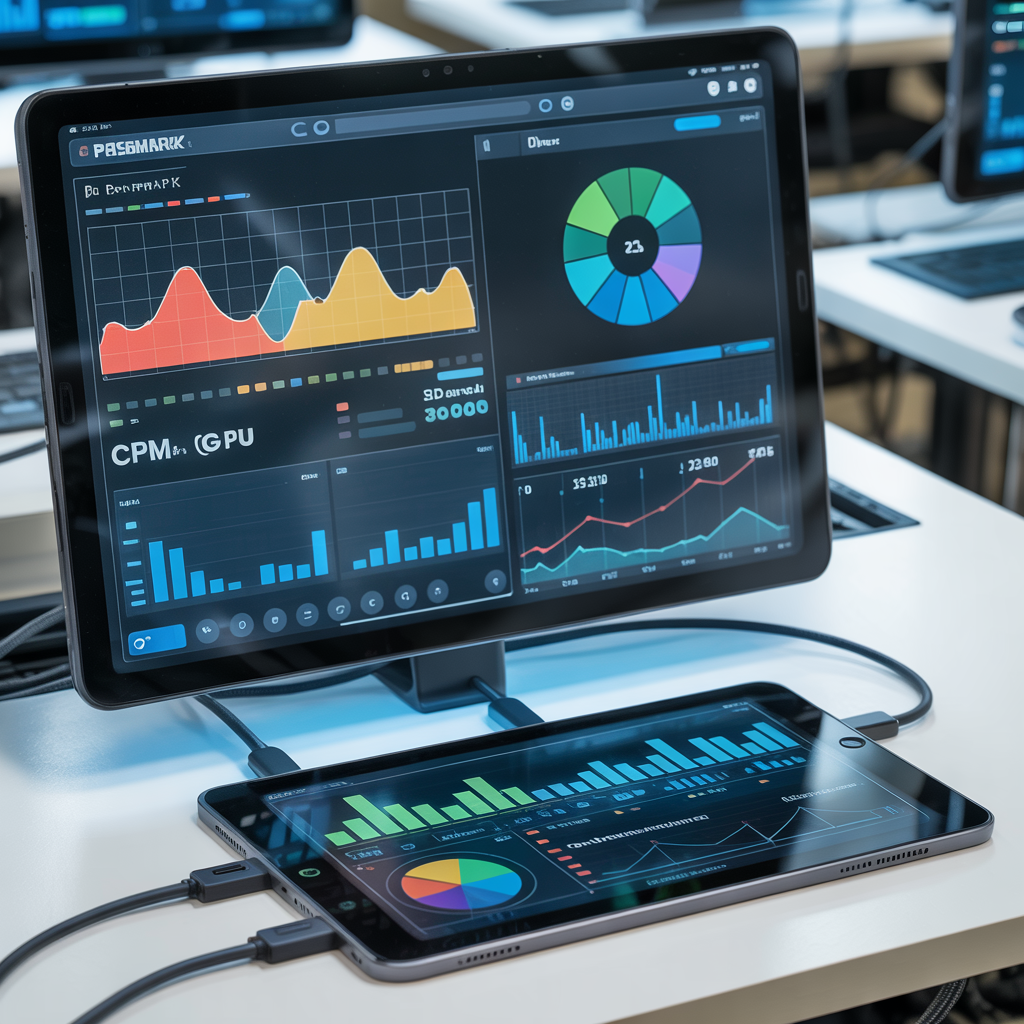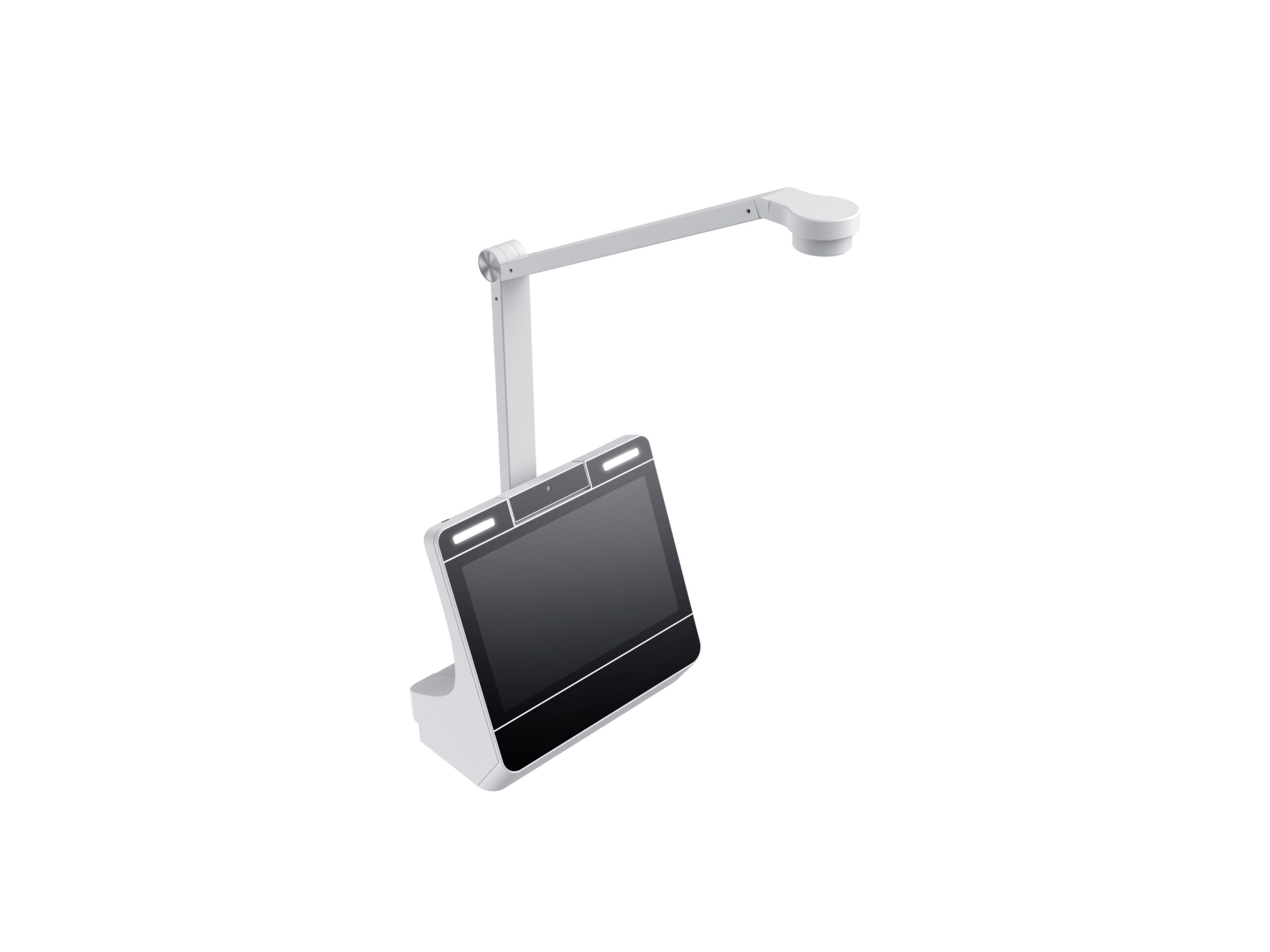A few months ago personal friends of mine – let’s call them The Dream Team – asked me if I wanted to get involved with making a custom Android tablet for use in a car, primarily as a navigation and DVR system, but also with some entertainment functionality.
Key details of the project were that the tablet’s user interface was customized from a standard Android build to a design that suited the specific use case and that the hardware was customized to offer a higher quality camera and stronger GPS antenna than a standard tablet.
The idea was that there’s an existing market for Android tablets being used in cars and making a better mousetrap would attract more mice. It’s a concept I agree with, but the challenge of getting from concept to reality presents the theme of this month’s article.
Hatch has to carefully evaluate projects from small startups, who have many ideas, but a little direction, because the percentage of success is very low, and the amount of blind ambition, time investment, and inefficiency is very high.
The most attractive kind of client is one that has a clear path to market, existing and proven client demand, and sensible modifications to existing technology.
Even well-funded startups with big ideas are outside our comfort zone because Hatch’s goal is getting to production as quickly as possible. Even if we’re being paid well for running in circles during development, it’s ultimately not our goal, and risks damaging the success of the project.
The primary goal – a minimum viable product (MVP)
If the startup demonstrates a smart approach that takes practical constraints into perspective, like the ones laid out in this article then Hatch would accept the project. Companies with existing business (even non-tech business), that know exactly what they want and have realistic expectations, or, even better, have already done tests with customers using generic hardware are in a much stronger position for success.
A potential risk to an on time and on budget delivery of all tech hardware projects is stuffing too many features into one product, especially the first version. There are several reasons for this.
The core reason is that adding more features makes the product more difficult, slow and costly to develop. Besides this, it’s easy to overthink which features are needed instead of focusing on only the most important 1-2 features of the product.
Getting a product finished that delivers a basic value must be the primary goal. A product which isn’t fully loaded with features, but delivers the essential value, is called a minimum viable product (MVP).
Releasing an MVP puts a company in the business, while a delayed product full of features is often a costly failure. End users who use the simple first generation product will provide first-hand feedback that helps to improve future generations.
Making version 2 of an Android device, or other tech hardware is much cheaper and faster than making version 1. Get the MVP done, learn from user feedback, and let the customers be the judge of what features are important in the next version.
When you have zero experience with hardware development
The Dream Team didn’t have a lot of experience with hardware and zero experience with hardware development. They spent money to get a product design and UI for their software done. They put together a financial model for the project.
On paper, the numbers worked. They planned to use these graphic illustrations to attract investment and interest buyers. That’s the point at which they came to me. After learning the details of their project I suggested that money would only help a little; they really needed a partner, either on the manufacturing or sales side.
A manufacturer that is already in the auto electronics market would have sales channels to take the product to and development know-how. A sales partner could support with purchase orders which makes getting an experienced manufacturer on board easier. The two approaches have the same goal: get a company with experience in the industry, product development, and manufacturing on board.
It’s much easier for startups to sell purchase orders than promises to manufacturing partners to get the manufacturing partner interested. Without an experienced team on board, the learning curve delay for the Dream Team would burn through any investment they could obtain.
Look at the long list of companies that made big promises through crowdfunding which eventually had difficulty getting their product made; in some cases before even delivering their product.
Get Hatch Involved
The Dream Team came to Hatch for help with development and possible investment, but I responded that they must first have customers financially committed with small deposits before Hatch would get involved to show there’s real demand and committed buyers after development is finished.
Working with an experienced product development team to make a new product doesn’t negate the advantages of taking a focused approach to product development. In most situations, starting development with an existing product rather than starting from scratch will shorten the product development timeline and cost, while efficiently delivering an MVP into customers’ hands.
This was another suggestion I gave to the Dream Team. Rather than going all out by investing in custom everything with an unproven and costly plan, start by making small modifications to an existing product and adding software that differentiates the device from others while adding value to the end user.
Then the Dream Team could get feedback from the end user to confirm whether their modifications were actually adding value or not and decide on next steps based on that.
When deciding how to modify an existing product the essential question is what changes are ‘must haves’ to deliver the key value of the new product. For new companies getting into a new market any modification which falls short of ‘must have’ status or costs a lot must be forgotten for the first version of the product.
What changes are must have to deliver the key value?
Every change requires time to implement. Sometimes the time required far exceeds the time budgeted. If customers respond well to the modifications that improve on the existing product that gives reason to believe the modified product has a market and motivates investors, manufacturers, and, most importantly, customers to take a bigger interest in the project.
This is the reason I told The Dream Team to evaluate existing tablets so they could choose the best one to put their custom software on.
Leave the hardware and case customizations for the next version because figuring out whether the customers like or don’t like the software, which is the most important value, takes little time and doesn’t require any additional investment beyond the software development, which is unavoidable and a key value of their product concept.
Besides using custom software there are a few other modifications that won’t add much cost or time to the development which are suitable for a first version. These modifications include a custom touch panel design.
Accessing the commonly used functions in The Dream Team’s special software can become really easy by using touch buttons on the touch panel as the user always has easy access to that feature. This is a simple change because it’s mostly related to modifying straightforward software.
While touch panel buttons require a graphics change to the touch panel this is only graphical, not structural so it’s low cost and low risk. Ideally, avoid moving anything physical including any PCBA layout or components and case changes.
With all tablets, smartphones, and any Android devices Hatch always recommends having OTA on the device to introduce software improvements or patch bugs after the product has already shipped from the factory.
Acquire valuable feedback from end users
If the purpose of getting an MVP on the market is to acquire user feedback then the big question becomes how does The Dream Team get that user feedback. The answer to this question depends on who the first users are.
If the first users are internal beta testers, which could be friends, business partners, or anyone with an interest in the product (ideally not the customer at first to avoid a bad first impression), then send them a document with questions about the product/user experience.
If the first users are customers then the customer service staff will get complaints which can be turned into valuable information. To go one step further there can be pop-ups in the software asking for user feedback or special offers in return for feedback.
Products should only be sold to unsuspecting end users after there’s been through internal testing is done and larger volume (50+ people) testing by normal end users.
Controlled access to end customer feedback is one of the things crowdfunding is good for. Hatch made hardware for a crowdfunding project a few years ago where our client wanted to immediately ship the product out to all the backers.
I suggested to the customer that to ask the backers who would be interested in being beta testers and be very clear that the product would definitely have problems so everyone had appropriately low expectations of quality while we had big expectations for what we could learn from the customer feedback.
This way it was their job to find problems, which made the users feel successful when they reported a problem, rather than feeling upset about the problems. Not having gone through these processes would have likely ended the company.
The hardest part of the Android product development
The hardest part of product development is going from concept to something real that delivers unique value and actually works. This in itself presents enough challenges that adding anymore challenges seriously compromises the chances of reaching a successful result in a fair amount of time and cost.
Once feedback is collected start implementing those changes into version 2. After that future iterations are usually quicker and less costly, and in addition, the sales team has version one to use for attracting future orders which keeps the development team focused and motivated.
The Dream Team is now working on implementing their software into existing hardware and hopefully, this helps them get through the most challenging part of taking a product concept to reality.
Yours truly, Ben Dolgin-Gardner, Hatch founder and Manufacturing Solution Expert



